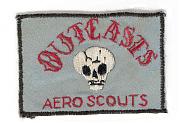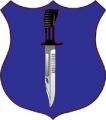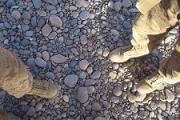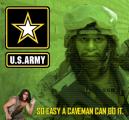Good point.
I want to head off people and mention clearly I am talking about increased monitoring and surveillance backed by troops, not mines or fences, and with the understanding that it would likely be employed along the most trafficked areas.
A good point was raised though, how much of the Taliban supply comes through existing, legal checkpoints through graft or corruption?






 "A Sherman can give you a very nice... edge."- Oddball,
"A Sherman can give you a very nice... edge."- Oddball, 











Bookmarks